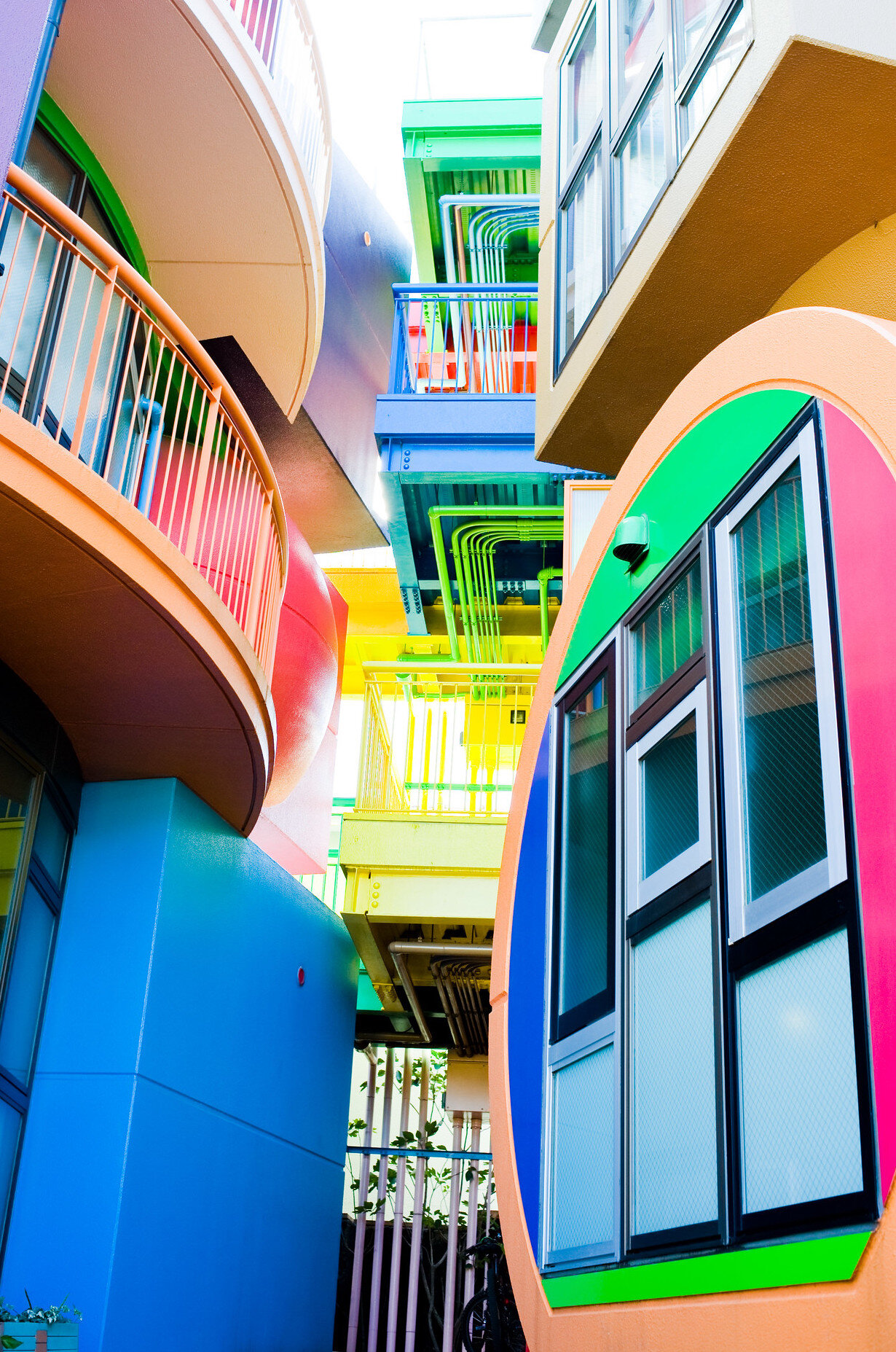Discomfort
Discomfort is a part – perhaps even a necessary part – of our built environment. While one of architecture’s main roles is to improve our world by alleviating it, discomfort can be a useful design element. More than that, it can sometimes be therapeutic, invigorating, inspiring and even coveted.
Our world is currently experiencing a new, more insidious, form of discomfort that encompasses the full range from inconvenience to suffering. It remains to be seen how, or if, the designers of our built environment will deal with this new discomfort, but many valuable lessons are already being learned. It’s a rare distress that doesn’t produce some benefit. If self-isolation and physical distancing become long-lasting features of our societies, what kind of spaces will we need? What kind of businesses, institutions and residences will we need? And if stay-at-home protocols continue to be observed, how do we accommodate the many millions who have no home?
In this issue of The Right Angle Journal, we look at some of the aspects of discomfort in our built environment – the good, the bad and, inevitably, the ugly.

Discomfort
When the Editorial Board first started working on this feature, we had in mind the more traditional definitions of discomfort: “a slight pain” (OED), “mental or physical uneasiness” or “annoyance” (Merriam-Webster), “hardship” (Dictionary.com), “a feeling of worry” (Collins English Dictionary), or obviously, “anything that…interferes with comfort” (Wordreference.com).

On Architecture, Entertainment, and Discomfort
In popular architecture and entertainment space, the concept of comfort has maintained a most curious foundation. Since the 13th century, the meaning of “comfort” shifted from connoting “feeling of relief in affliction or sorrow” and solace or consolation to “enjoyment resulting from satisfaction of bodily wants and freedom from anxiety.”1

Physical Environments
When I was a design student, some 15 years ago, a professor told me about the Reversible Destiny lofts, a multi-family residence designed to challenge its elderly occupants’ five senses in an attempt to slow down aging and enable their bodies to build strength through resilience. As the thinking goes, this boosts the immune system and makes the residents more resistant to old age ailments, among numerous other health benefits.

Can I Biggy Size Your Building?
When the enclosure of space is determined solely by its construction method, the result is a form of architecture that is spiritually vacant. Yet in many building types today, spaces are organized as immense, autonomous forms in the service of pure economics, rather than creating a comfortable environment for people.

LOCATIONS A House in Spitalfields - A Visit to the Dennis Severs House
The Dennis Severs House in Spitalfields, London, sits quietly on a side street of similar Georgian terrace houses, in one of the oldest parts of the city. This is Jack the Ripper territory. Gritty and in flux, the neighborhood is in the throes of a gentrification upheaval.
